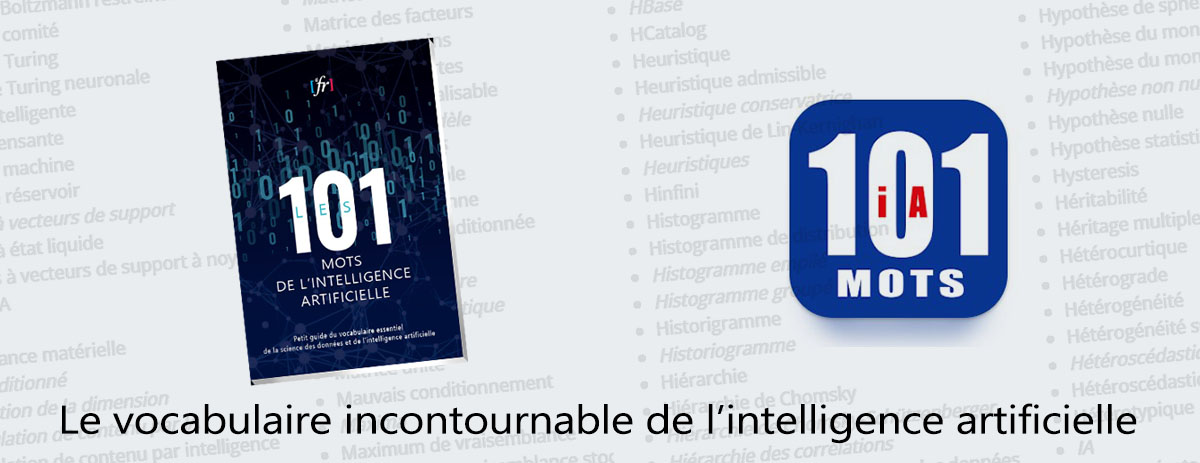« Simulated annealing » : différence entre les versions
| Ligne 2 : | Ligne 2 : | ||
== Domaine == | == Domaine == | ||
[[Category:Vocabulary]] | [[Category:Vocabulary]] | ||
[[Category:Intelligence artificielle]]Intelligence artificielle<br/> | |||
[[Category:Coulombe]]Coulombe<br/> | |||
== Définition == | == Définition == | ||
Version du 20 février 2019 à 02:45
Domaine
Intelligence artificielle
Coulombe
Définition
Français
recuit simulé
Anglais
Simulated annealing
Simulated annealing (SA) is a probabilistic technique for approximating the global optimum of a given function. Specifically, it is a metaheuristic to approximate global optimization in a large search space. It is often used when the search space is discrete (e.g., all tours that visit a given set of cities). For problems where finding an approximate global optimum is more important than finding a precise local optimum in a fixed amount of time, simulated annealing may be preferable to alternatives such as gradient descent.
The name and inspiration come from annealing in metallurgy, a technique involving heating and controlled cooling of a material to increase the size of its crystals and reduce their defects. Both are attributes of the material that depend on its thermodynamic free energy. Heating and cooling the material affects both the temperature and the thermodynamic free energy. The simulation of annealing can be used to find an approximation of a global minimum for a function with a large number of variables to the statistical mechanics of equilibration (annealing) of the mathematically equivalent artificial multiatomic system.[jargon] [1][2]

Contributeurs: Claude Coulombe, wiki






